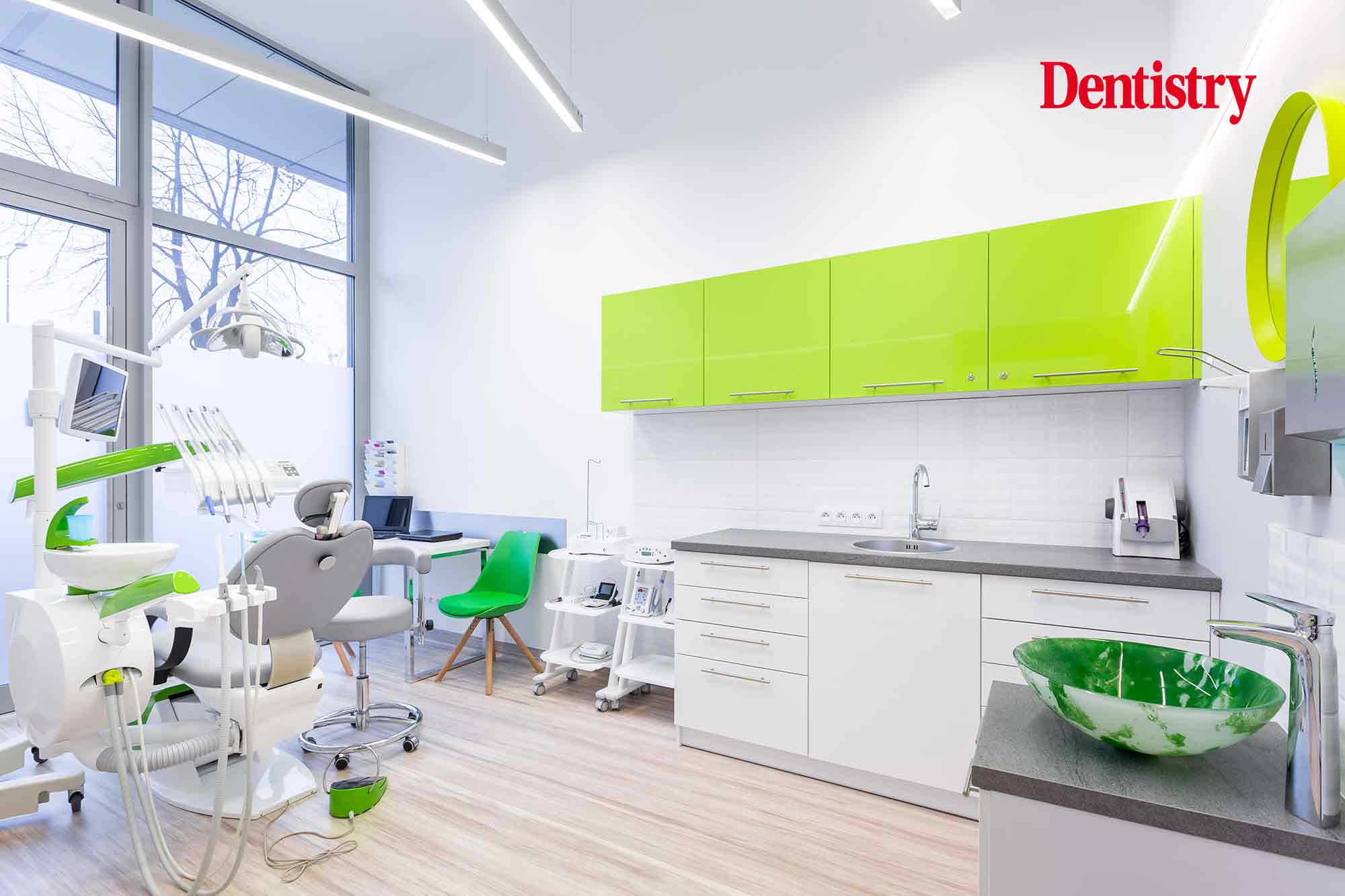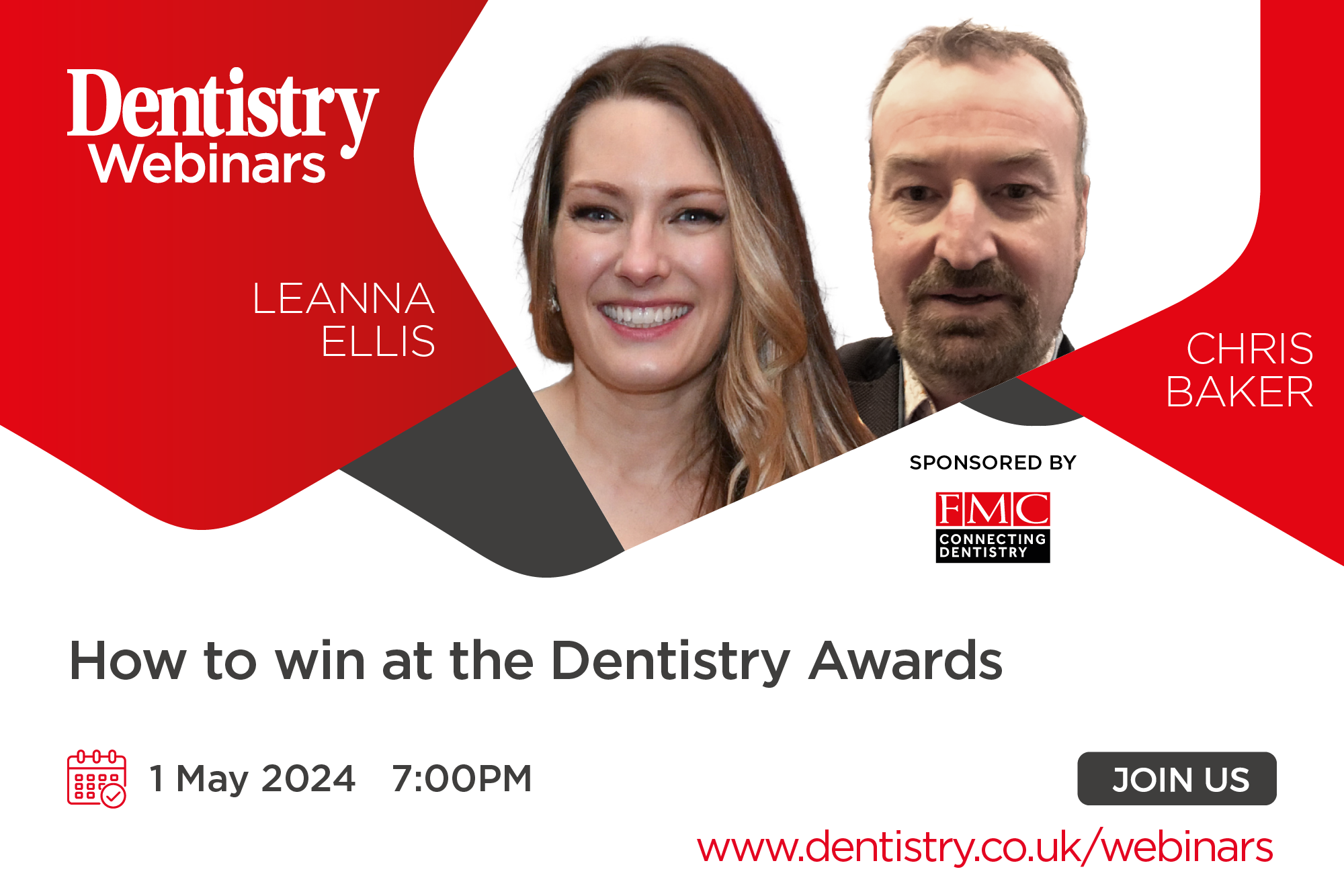
Kirsty Hague, art therapist and interiors expert at Hague Dental, explores the impact of environment on mental health and the role colour plays.
Have you ever walked into a space and immediately felt a sense of calm come over you or, conversely, felt yourself tense up? Our environment can have an immediate impact on how we feel at any given moment.
Entering a beautiful, tranquil spa with sounds of running water and smells of aromatherapy can instil an instant sense of peace and well-being, while entering a packed train station at rush hour can bring on feelings of stress and discomfort. But what does this have to do with dentistry?
The environment you create within your dental practice can not only impact how relaxed and at ease your patients feel when they come to see you, but it can also contribute to how you and your team feel working in the space.
We spend a lot of our waking lives at work, so working in an environment that lifts our spirits and makes us feel good can positively impact our mental health.
Spaces that make us feel
The connection between interior design and emotions is well-documented. In fact, many designers, whether creating interiors for homes or office spaces, spend a significant amount of time thinking about the impact of the environment on how people feel, from their use of light and space to furnishings and everything in between.
One of the most impactful ways to positively impact mental health through the use of interiors is with colour. While colour preferences may differ between individuals, there is a universal language of colour where certain colours trigger similar feelings and emotional responses.
Colours for calm
One of the most readily used colours to create a sense of calm is blue. Blue tones can make people feel more serene and calm. But don’t overdo it, or it can make a space cold.
Green is also traditionally seen as a soothing and calming colour that is connected with nature, balance and harmony. Too much green can be overpowering or, depending on the shade, can make a room look dark, but a little accent of green in a space can be really uplifting.
One of the best ways to use green is through the use of plants. Not only do plants have mental health-boosting benefits, but the use of them in indoor spaces (including workplaces) has become more and more popular in recent years with things like living walls and ceiling hangings.
One of the key colour trends for 2022/23 is lavender. One of the reasons being is that it’s a colour that signifies stability and serenity, which people are crying out for in the post-pandemic world.
The calming colour is also thought to be gender inclusive and has a sensorial quality that associates it with self-care, healing and wellness.
Modern or neutral colours
White is, of course, a very clinical colour and something you will find in most healthcare settings. But white doesn’t have to be bland or sterile. It’s the perfect background in a clinical setting and can make rooms feel lighter and more spacious.
Grey has also become really popular in modern interiors because it is a neutral colour that creates a feeling of balance. Too much grey can be associated with depression, dark, gloomy, cold, and rainy days, but clever use of grey can be very relaxing and calming.
Luxurious colours
Purple is one of the colours most associated with luxury. A regal colour, it is said to evoke feelings of privilege, but too much purple can make people feel irritable, so it shouldn’t be a dominant colour.
Warm colours
Warm colours include hues of orange and yellow, but each can have a different effect. Yellow can be relaxing and is associated with happiness and sunshine, while orange is thought of as a more high-energy colour.
Both can make a space feel cosier and can be good for a pop of colour, such as a chair in a waiting room or a piece of art on the wall. Both can be mood-lifting but tend not to be used too heavily, particularly in a clinical space.
Colours to avoid
Red is the most obvious colour to avoid in dental practices due to its association with danger and blood. Red has also been linked to feelings of anxiety, the last thing you want in either a workplace or a dental practice.
Used sparingly, it can have a warming effect, but too much red can make people feel unsettled.
Black can be a very powerful and evoking colour, but too much black is not ideal a healthcare space as it is not a cheerful colour. Used to accent other colours, however, it can create dramatic effects and evoke feels of strength and power.
In summary
The psychological effects of environment shouldn’t be underestimated, and one of the most powerful yet easy ways to influence mood, mind and mental health in your dental practice is through the use of colour.
Take a look around your practice and ask how the colours make you feel. Are there rooms that feel dark and cramped that could be lifted with a bit of colour? Do some feel too stark and clinical? Could colour be added in some way into them to warm them up?
Always take into account your patient demographic and what their needs are as well as how you and your team want to feel in the workplace when thinking about colour and have fun.
You may even want to think about creating a calming space for staff to decompress. Dentistry can be stressful at times, particularly in the current climate, so having a break-out room where staff can go that utilises these colours may help reduce stress levels.
Of course, you want to strike a balance, but this can be achieved by using optimistic colours that are inspirational as well as those that are calm.
Modern dental practices can be playful with their design, so think about what kind of environment you want to create and how colour could empower you.
For further information on how Hague Dental can help you create your ideal practice and keep it that way long into the future, please visit www.haguedental.com, email [email protected] or call 0800 298 5003.



